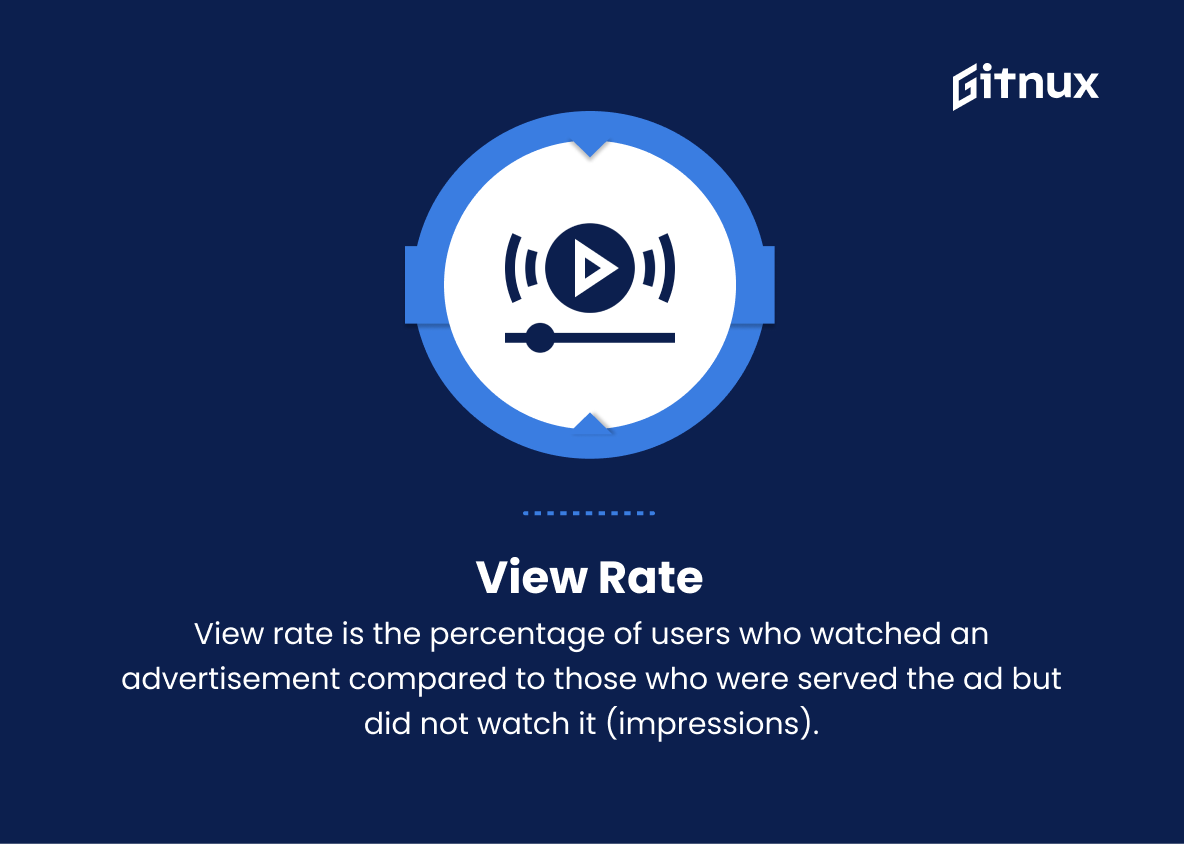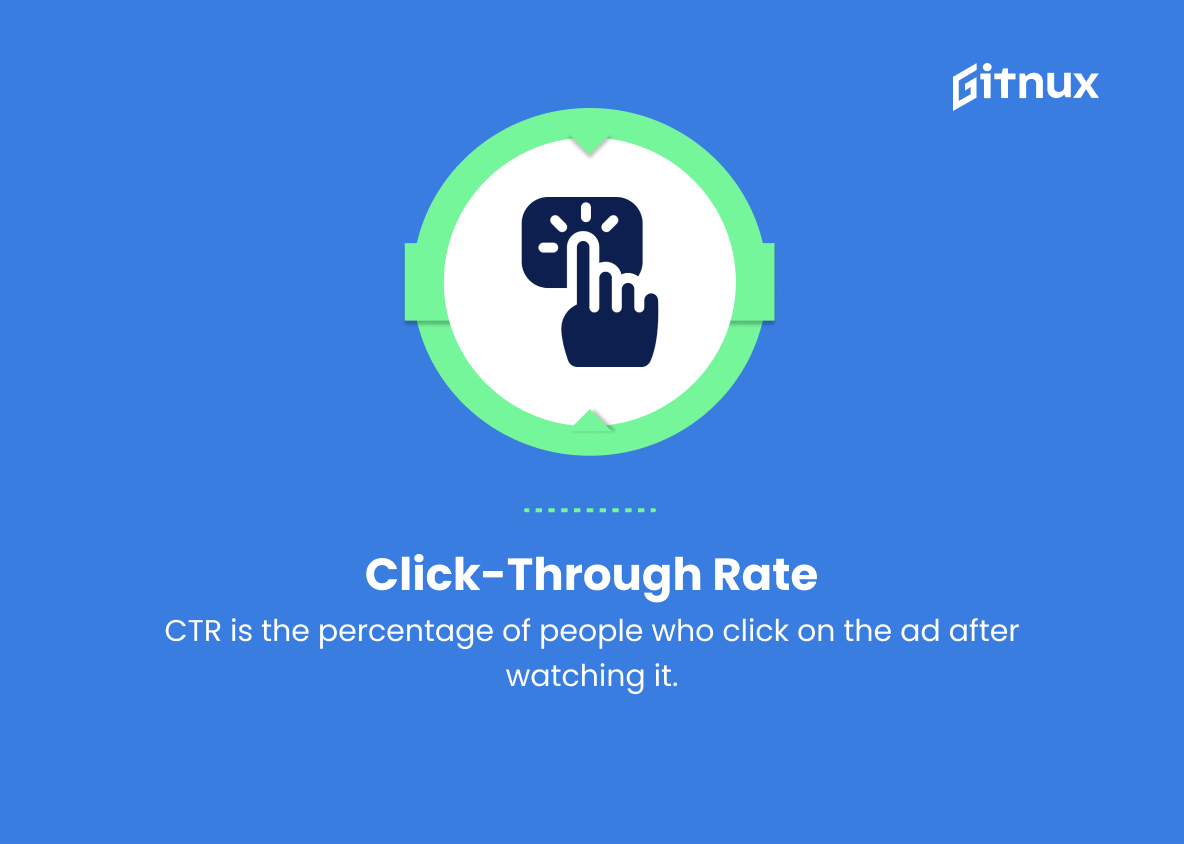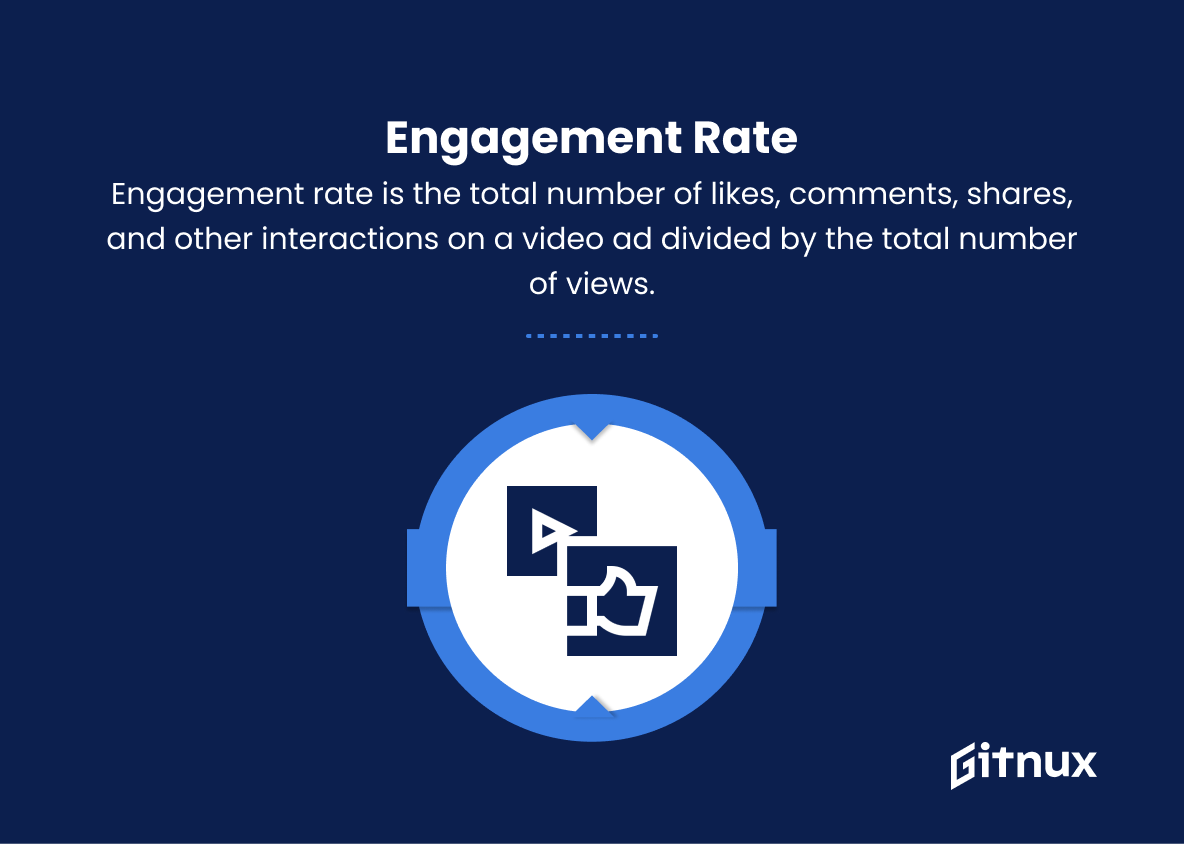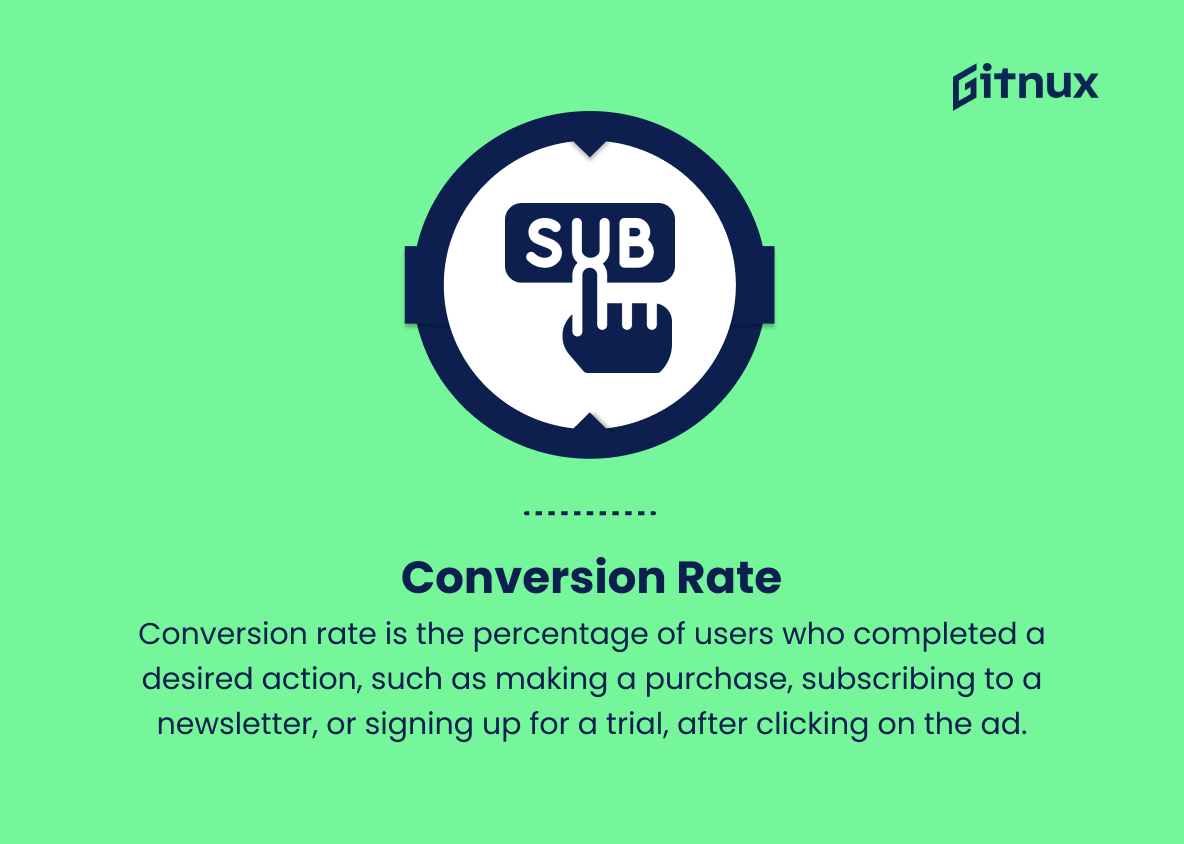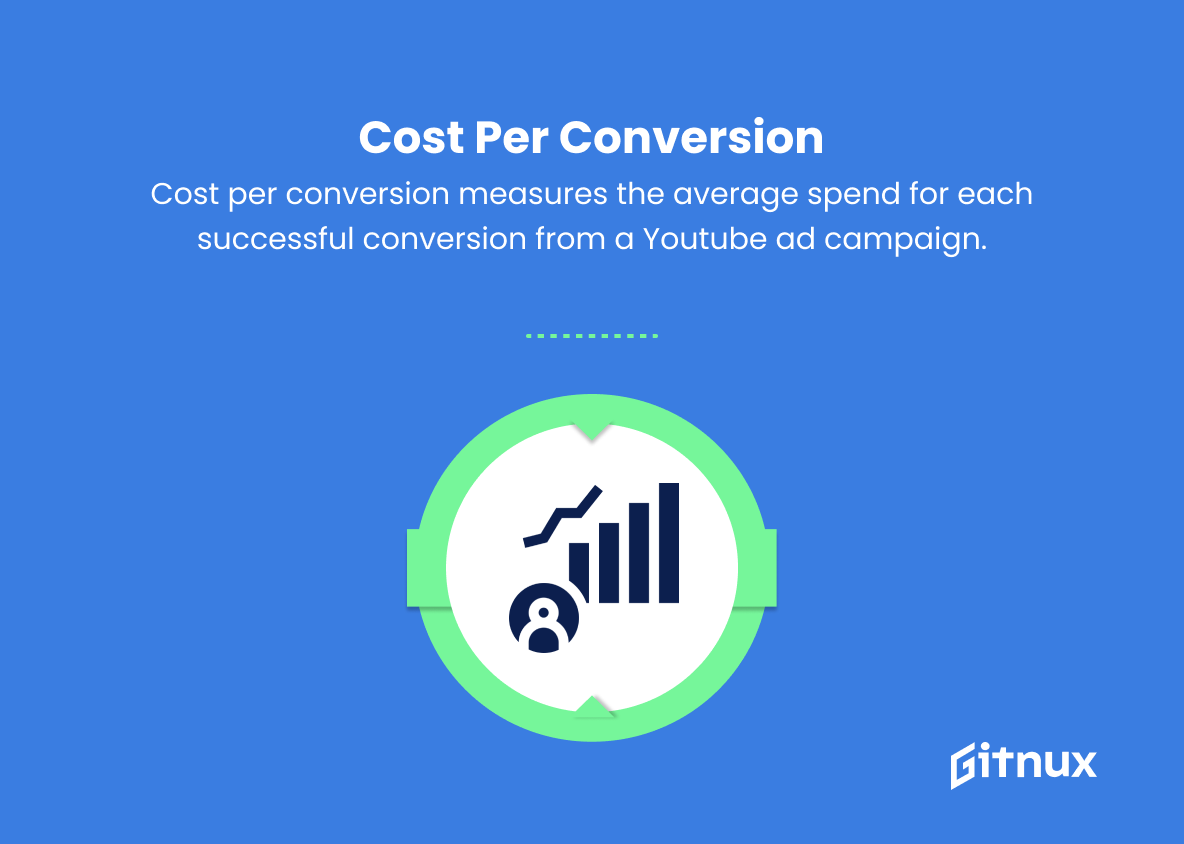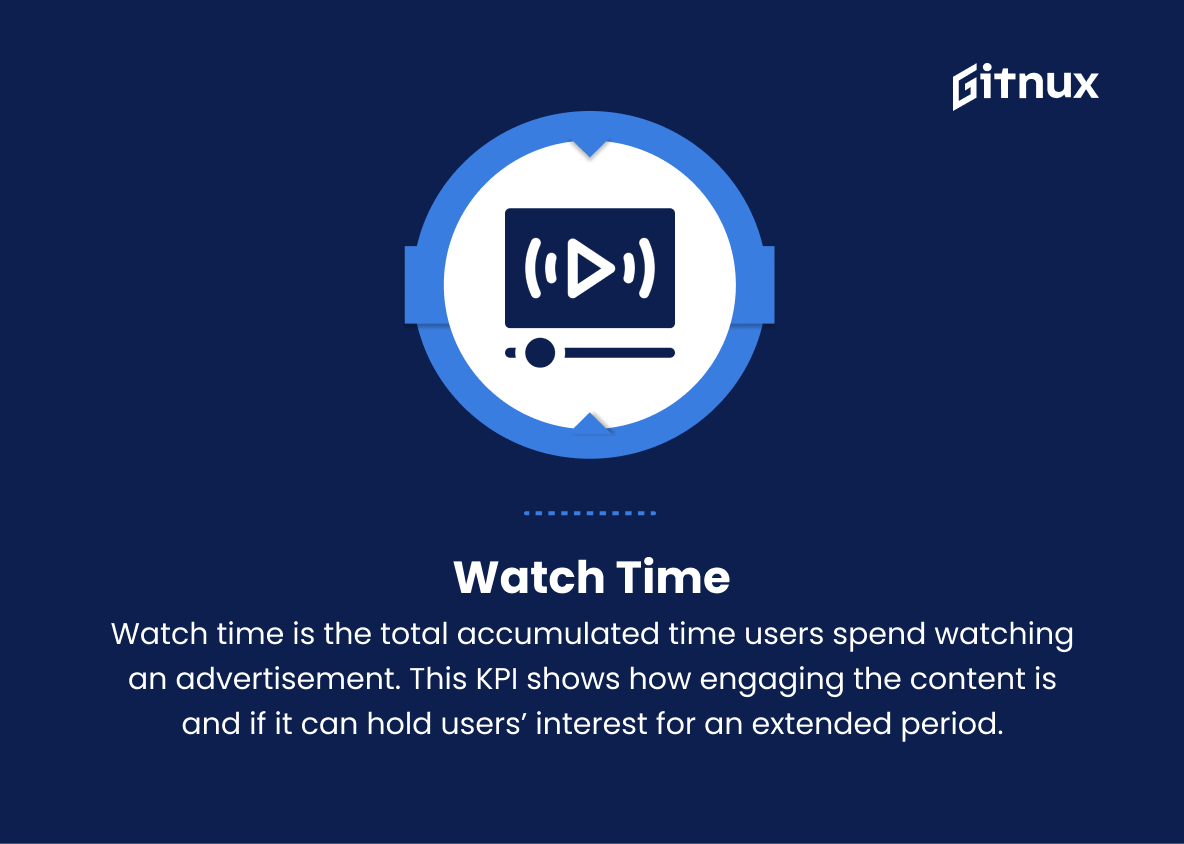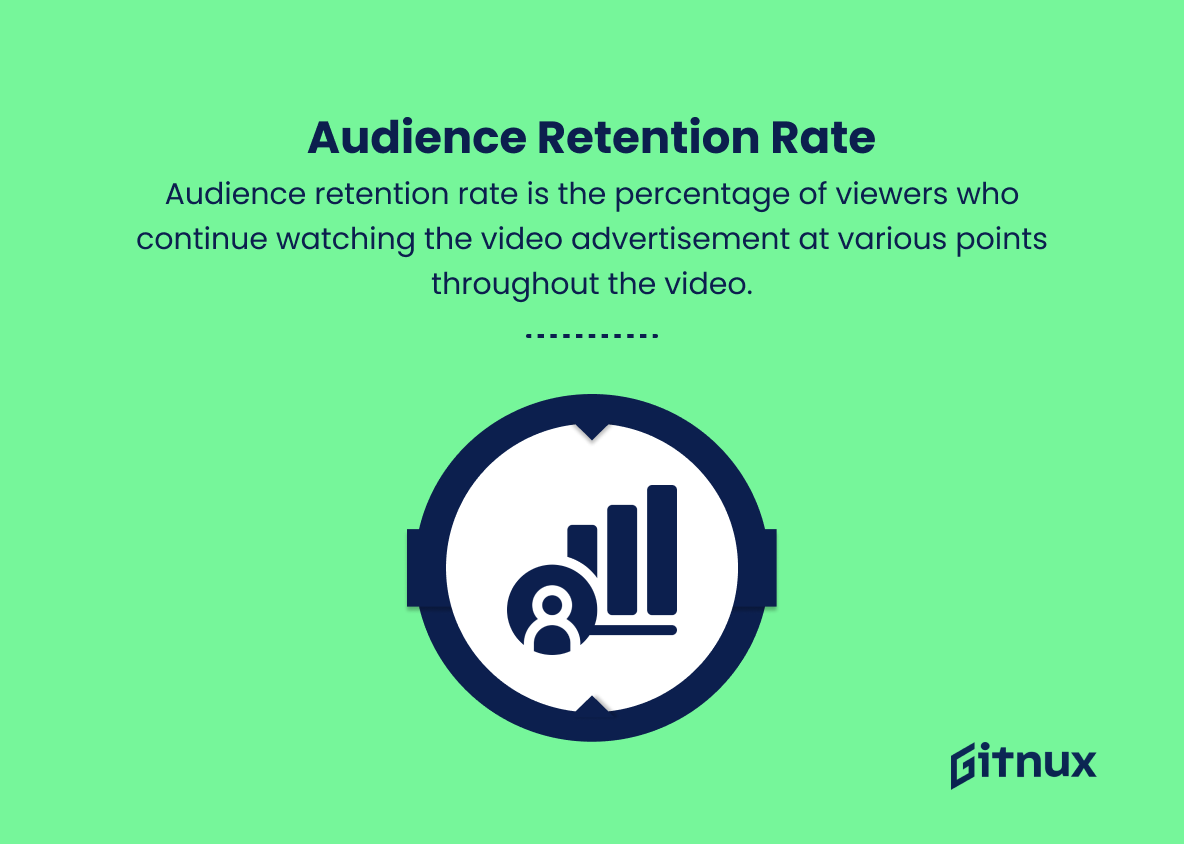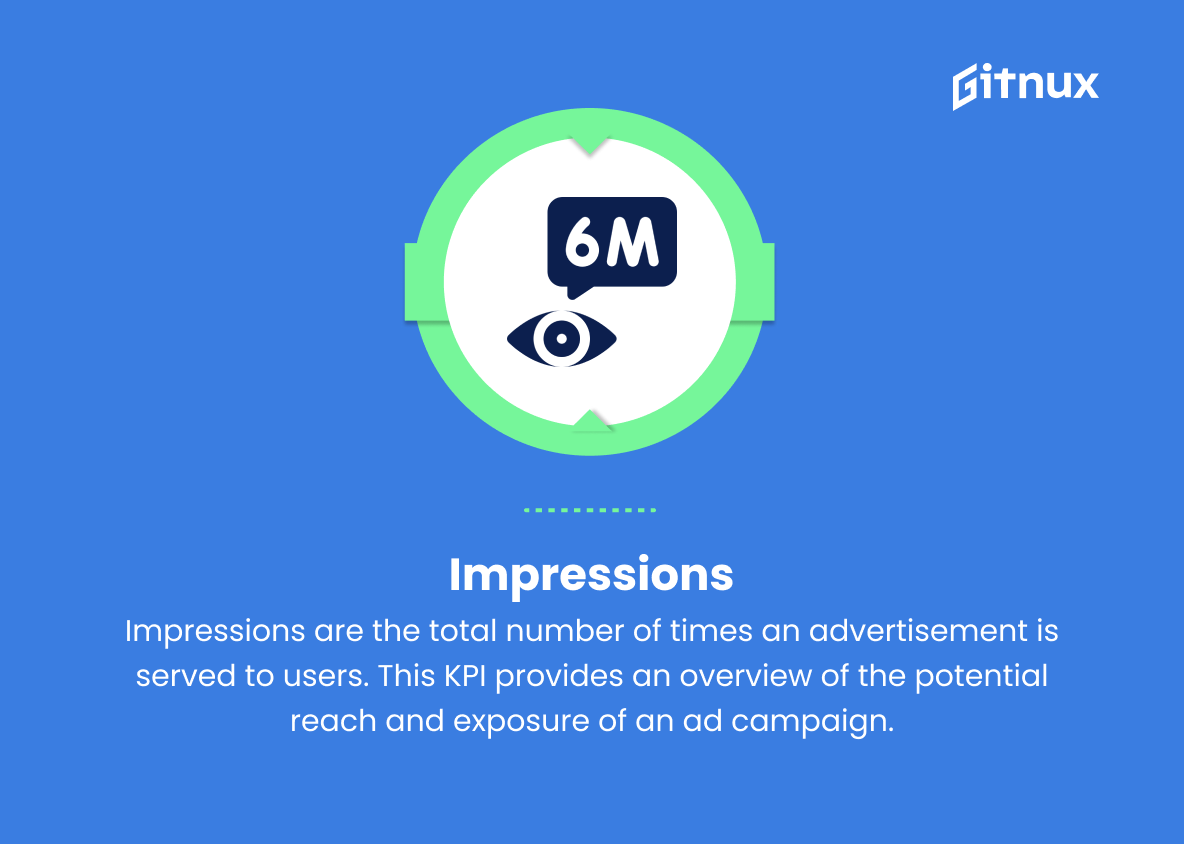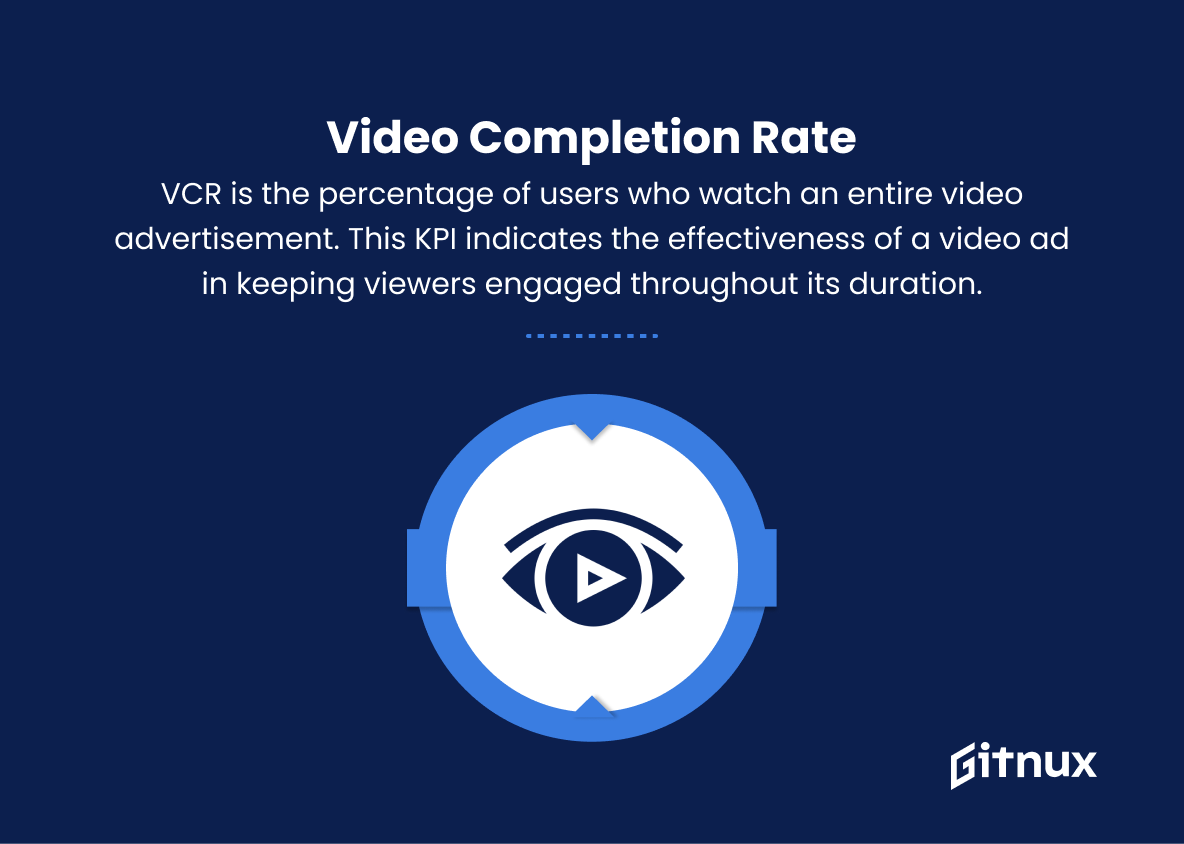In today’s digital age, YouTube stands as a powerful marketing platform, reaching a vast audience across the globe. For businesses and marketers, this platform offers promising opportunities to promote and advertise their products or services with robust effectiveness. However, as with any marketing campaign, it is essential to measure the success and performance of your YouTube advertising efforts.
This blog post will delve into YouTube Advertising Key Performance Indicators (KPIs), the crucial metrics that will help you evaluate how well your ads are capturing the attention and engagement of viewers. By understanding these KPIs and their significance, you will be better equipped to optimize your campaigns, make informed decisions, and drive greater results for your brand. So, let’s dive into the fascinating world of YouTube advertising KPIs and unravel the secrets to maximizing your ad performance.
YouTube Advertising KPIs You Should Know
1. View Rate
View rate is the percentage of users who watched an advertisement compared to those who were served the ad but did not watch it (impressions). This KPI indicates how effective an ad is at capturing a viewer’s attention.
2. Cost per View (CPV)
CPV is the average amount spent each time a user watches the video advertisement. This KPI is used to measure the effectiveness of an ad campaign in terms of pricing and budgets.
3. Click-through Rate (CTR)
CTR is the percentage of people who click on the ad after watching it. It measures the ad’s effectiveness in driving user engagement and directing traffic to the advertiser’s website or landing page.
In today’s digital age, YouTube stands as a powerful marketing platform, reaching a vast audience across the globe.4. Engagement Rate
Engagement rate is the total number of likes, comments, shares, and other interactions on a video ad divided by the total number of views. This KPI helps in understanding how well the ad connects with the audience and encourages conversation.
5. Conversion Rate
Conversion rate is the percentage of users who completed a desired action, such as making a purchase, subscribing to a newsletter, or signing up for a trial, after clicking on the ad. This KPI demonstrates the ad’s effectiveness in driving users to take action.
6. Cost per Conversion
Cost per conversion measures the average spend for each successful conversion from a Youtube ad campaign. This KPI helps determine an ad’s return on investment (ROI) and effectiveness in driving meaningful results.
7. Watch Time
Watch time is the total accumulated time users spend watching an advertisement. This KPI shows how engaging the content is and if it can hold users’ interest for an extended period.
8. Audience Retention Rate
Audience retention rate is the percentage of viewers who continue watching the video advertisement at various points throughout the video. This KPI highlights which sections of the video effectively keep viewers engaged or cause them to lose interest.
9. Impressions
Impressions are the total number of times an advertisement is served to users. This KPI provides an overview of the potential reach and exposure of an ad campaign.
10. Video completion rate (VCR)
VCR is the percentage of users who watch an entire video advertisement. This KPI indicates the effectiveness of a video ad in keeping viewers engaged throughout its duration.
11. Unique Users
Unique users are the number of distinct individuals who have seen or interacted with the advertisement. This KPI helps determine the diversity and scope of an ad’s audience.
For businesses and marketers, this platform offers promising opportunities to promote and advertise their products or services with robust effectiveness.YouTube Advertising KPIs Explained
Youtube Advertising KPIs play a crucial role in understanding the overall effectiveness, efficiency, and impact of an ad campaign. Metrics like view rate, cost per view, and click-through rate help in gauging an ad’s ability to capture attention, manage budgets, and promote user engagement. Engagement rate and audience retention rate provide valuable insights into how well the ad connects with the audience and its capability to maintain viewers’ interest throughout its duration.
Conversion rate, cost per conversion, and unique users help advertisers measure a campaign’s success in encouraging users to take desired actions, delivering a return on investment, and reaching a diverse audience. Watch time, impressions, and video completion rate highlight an ad’s potential in terms of reach, exposure, and maintaining viewer engagement from start to finish. Monitoring these KPIs allows advertisers to optimize ad campaigns and make data-driven decisions, thereby maximizing the effectiveness and value of their marketing efforts on Youtube.
Conclusion
In summary, YouTube advertising KPIs play a crucial role in determining the success of your video marketing efforts. By closely monitoring and measuring metrics such as views, watch time, click-through rate, conversion rate, and cost per action, you can optimize your campaigns for better results and return on investment.
These KPIs offer valuable insights into your target audience’s behaviors, preferences, and engagement levels, ultimately helping you refine your strategy and make data-driven decisions. Keep experimenting, analyzing, and adapting your YouTube advertising campaigns to stay ahead in this competitive digital landscape and drive significant growth for your brand.
